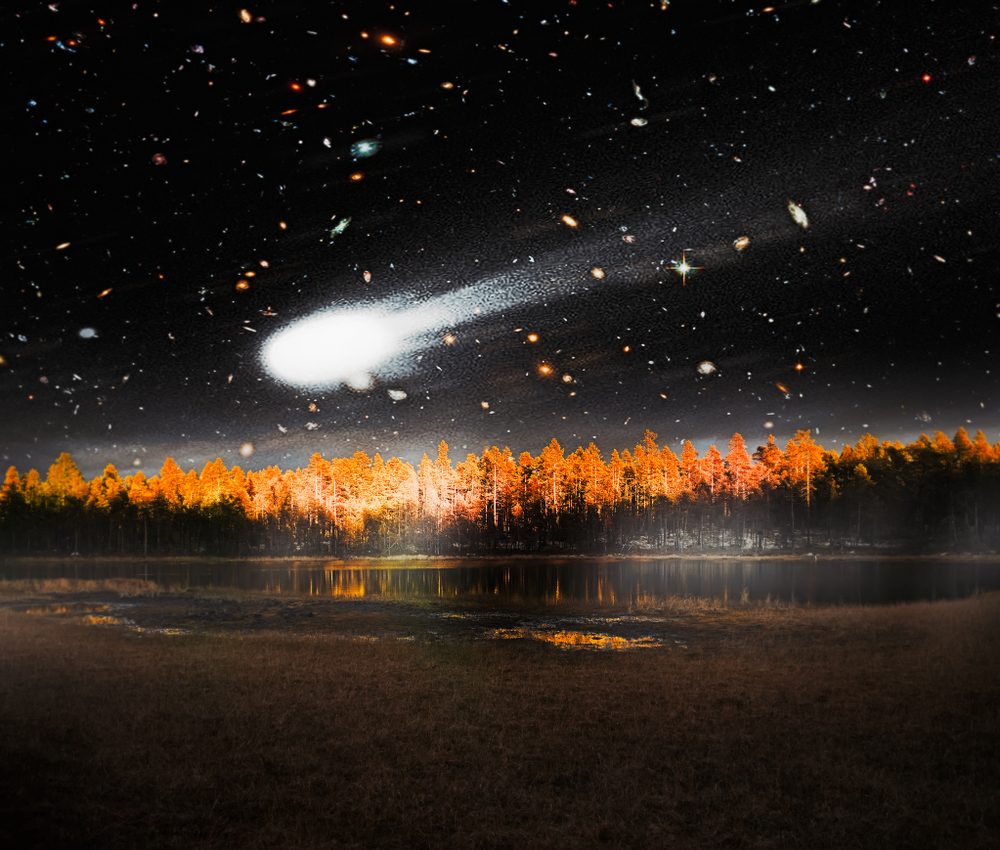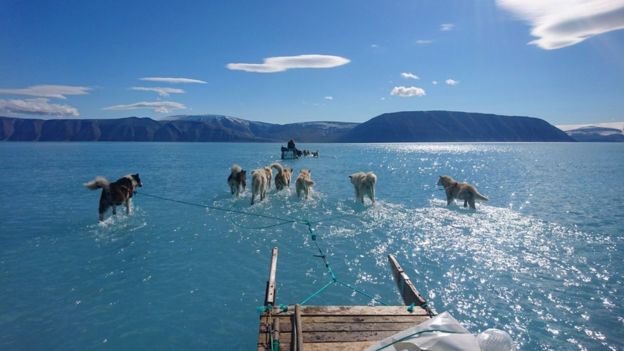Space journey is something that people routinely do today, without consideration of their gender. However, more than half a century ago, the entrance to space was considered a “man’s job”. Women weren’t yet there, held back by requirements such as they had to be test pilots with required skills and the knowledge. In the U.S. 13 women went through astronaut training in early 1960s.
In the Soviet Union, the space agency was actively seeking a woman to fly, provided she could pass the training. As a result of this search, Valentina Tereshkova made her flight in the summer of 1963. She inspired other women to become astronauts, although the first American woman didn’t fly to orbit until the 1980s.

Childhood and flight interests
The first spacewoman, Valentina Tereshkova was born to a farmer family in the Yaroslavl region of the former USSR on 6th March 1937. Soon after, she began to work in a textile mill at the age of 18. She joined an amateur parachuting club that sparked her interest in flight and at the age of 24, Valentina applied to become a cosmonaut. In 1961, the Soviet space program began to consider sending women into space. The Soviets were looking for another “first” to knock the United States, among many space firsts they achieved during the era.
Overseen by Yuri Gagarin “the first man in space” the selection process for female cosmonauts began in mid-1961. Considering there weren’t many female pilots in the Soviet air force, women parachutists were considered as a possible field of candidates. Tereshkova, along with three other women parachutists and a female pilot, was selected to train as a cosmonaut in 1962. She began an intensive training program designed to help her face the difficulties of launch and orbit.
Creation of history
The most memorable first flight of a female cosmonaut was slated to concur with the second dual flight (a mission on which two craft would be in orbit at the same time, and ground control would maneuver them to within 5 km (3 miles) of each other). It was scheduled for June of the following year, which meant that Tereshkova had only about 15 months to get ready. Basic training for the women was very similar to that of the male cosmonauts. It included classroom study, parachute jumps, and time in an aerobatic jet. They were all commissioned as second lieutenants in the Soviet Air Force, which had control over the cosmonaut program at the time.
Personal life and recognitions
Tereshkova was married to fellow cosmonaut Adrian Nikolayev in November 1963. Rumors abounded at the time that the union was just for propaganda purposes, but those have never been proven. The two had a daughter, Yelena, who was born the following year, the first child of parents that had both been in space. The couple later divorced.
For her historic flight, Valentina received the Order of Lenin and Hero of the Soviet Union awards. After that, she served as the president of the Soviet Women’s Committee and became a member of the Supreme Soviet, the USSR’s national legislature, and the Presidium, a special panel within the Soviet government. Currently, Valentina is leading a quiet life in Moscow.









